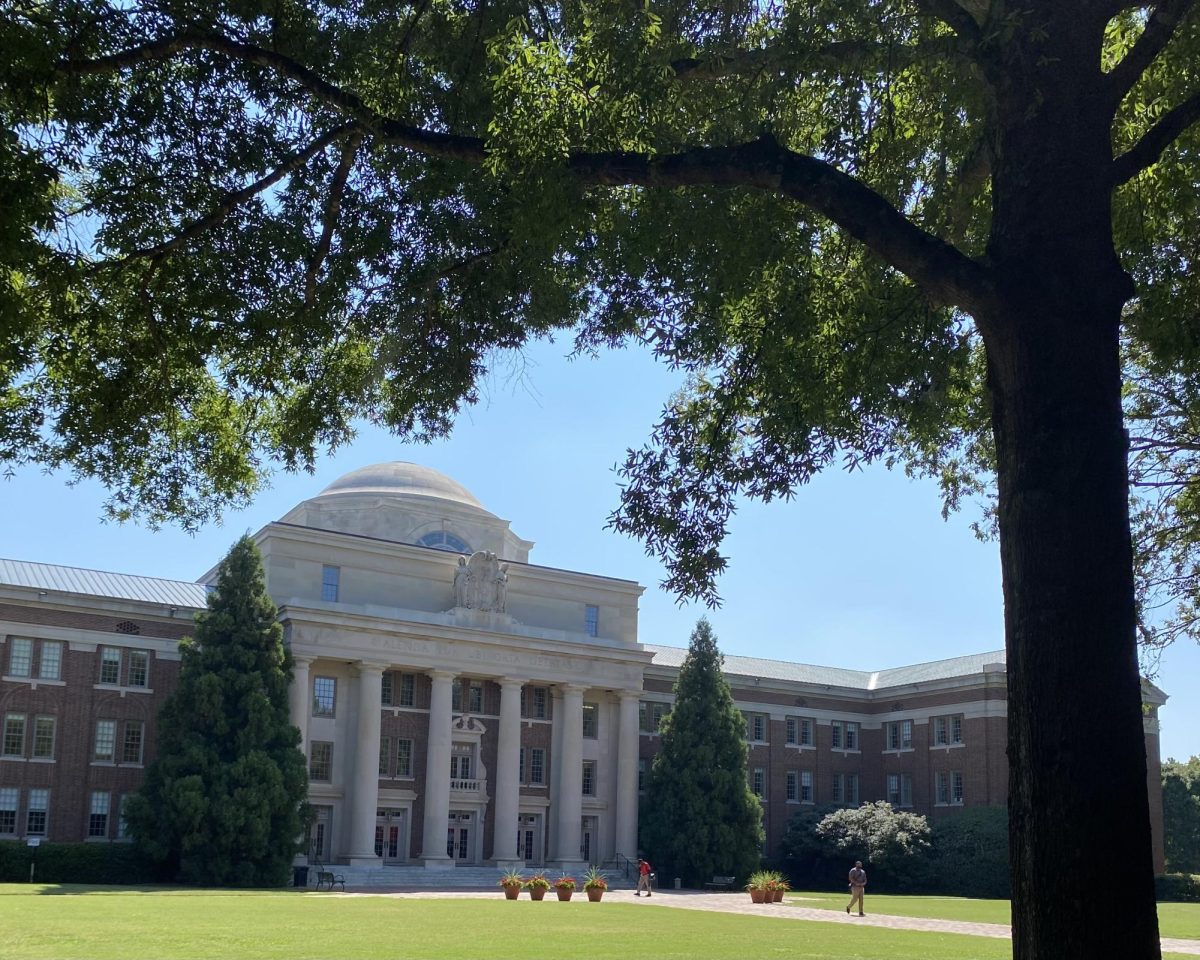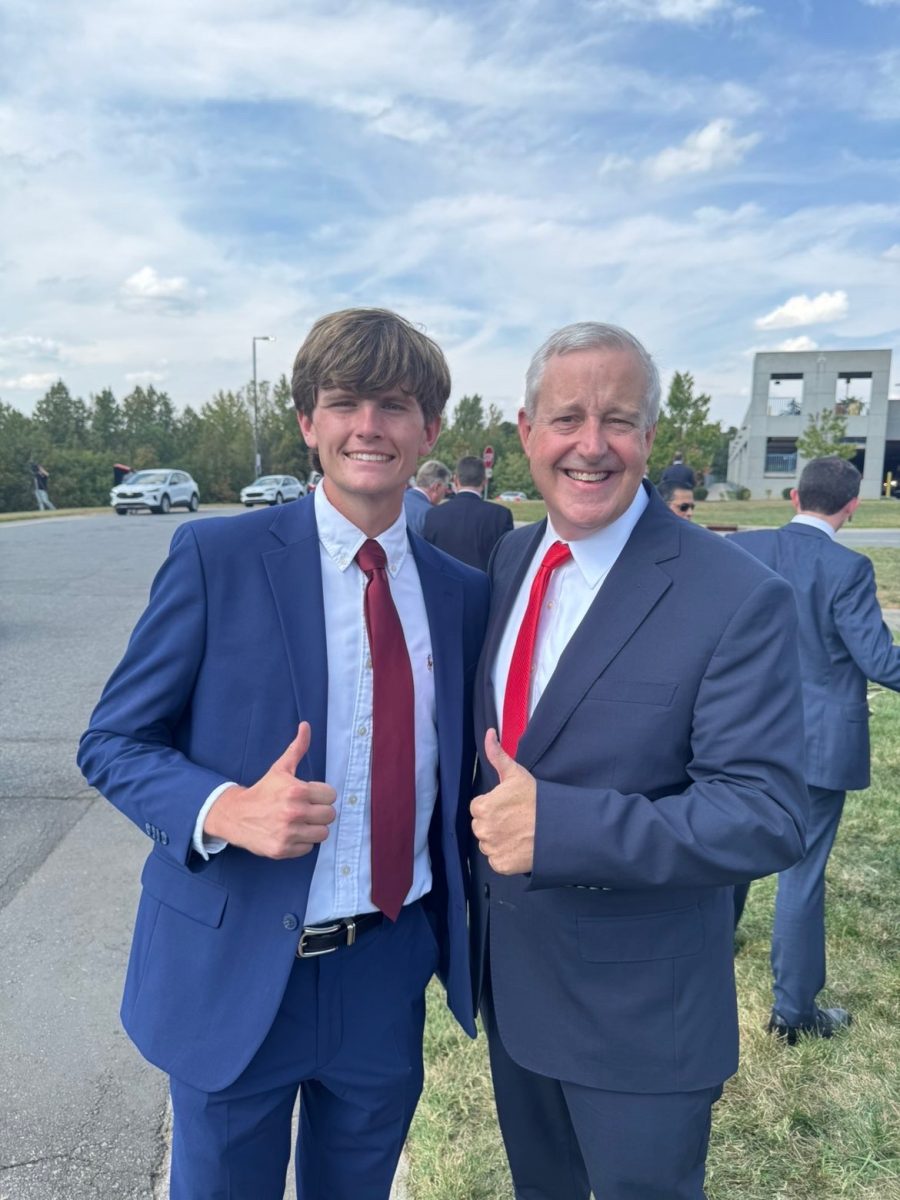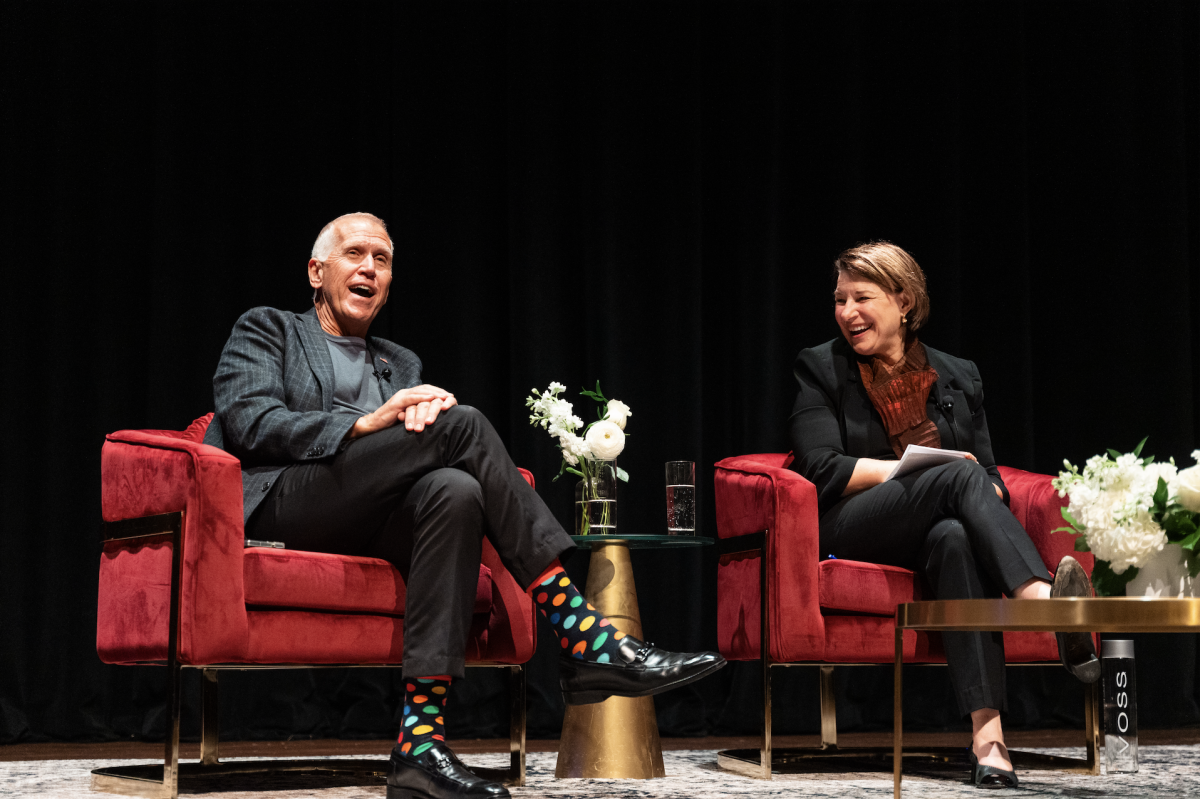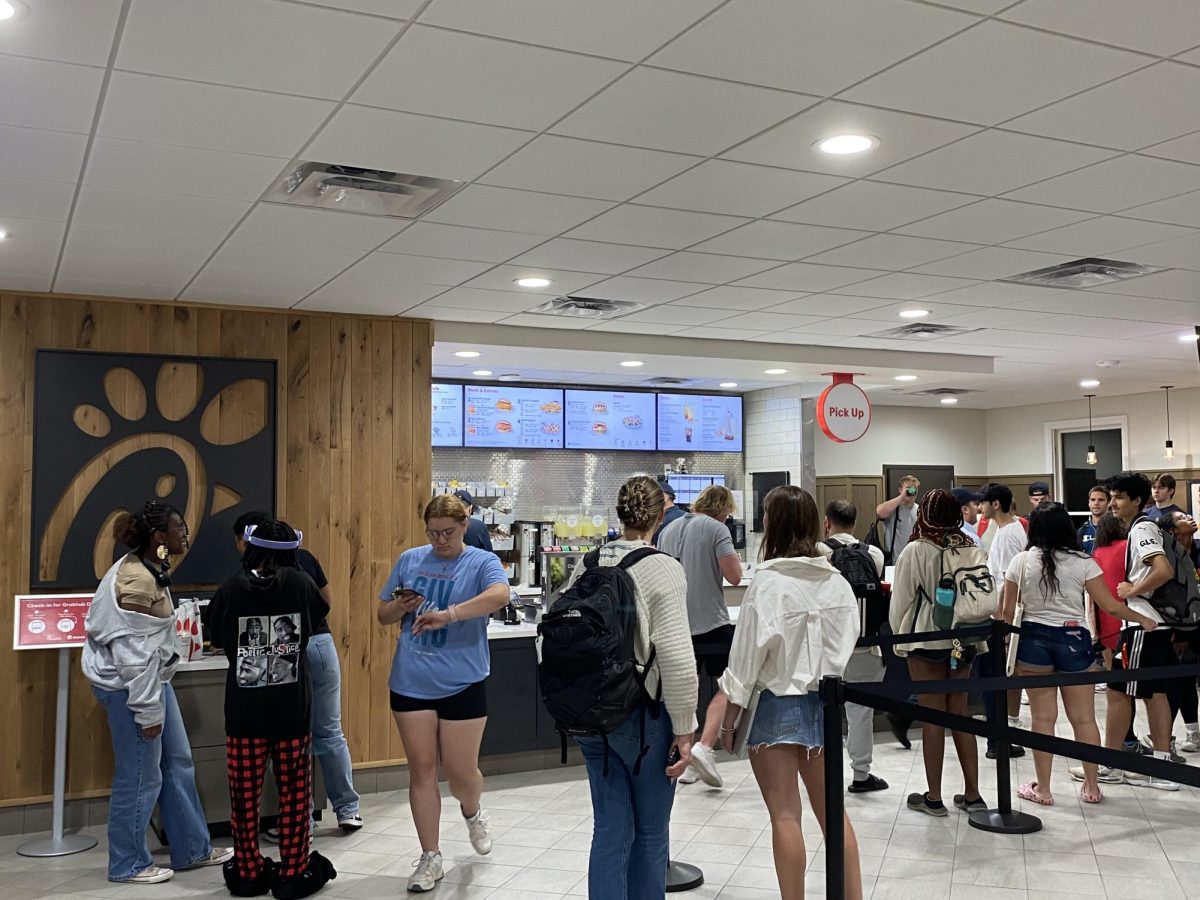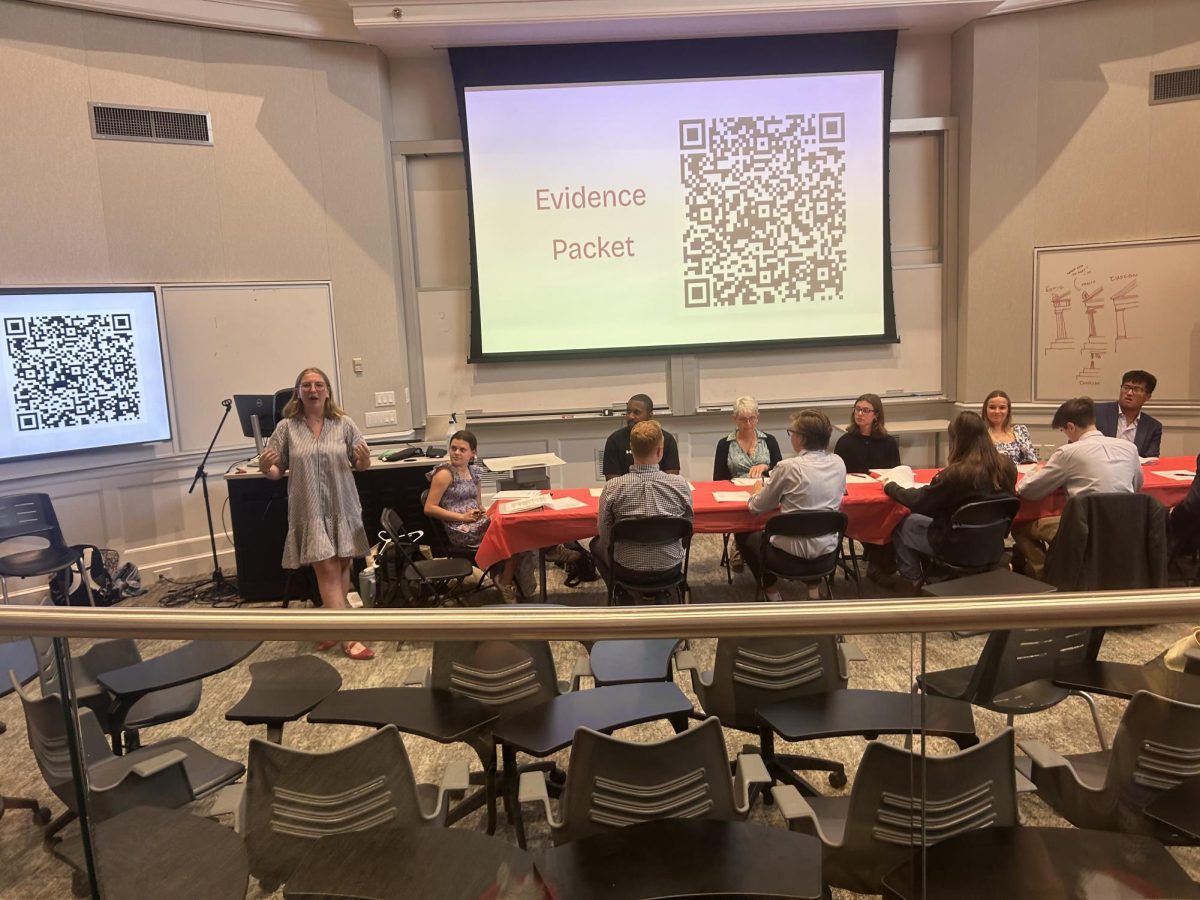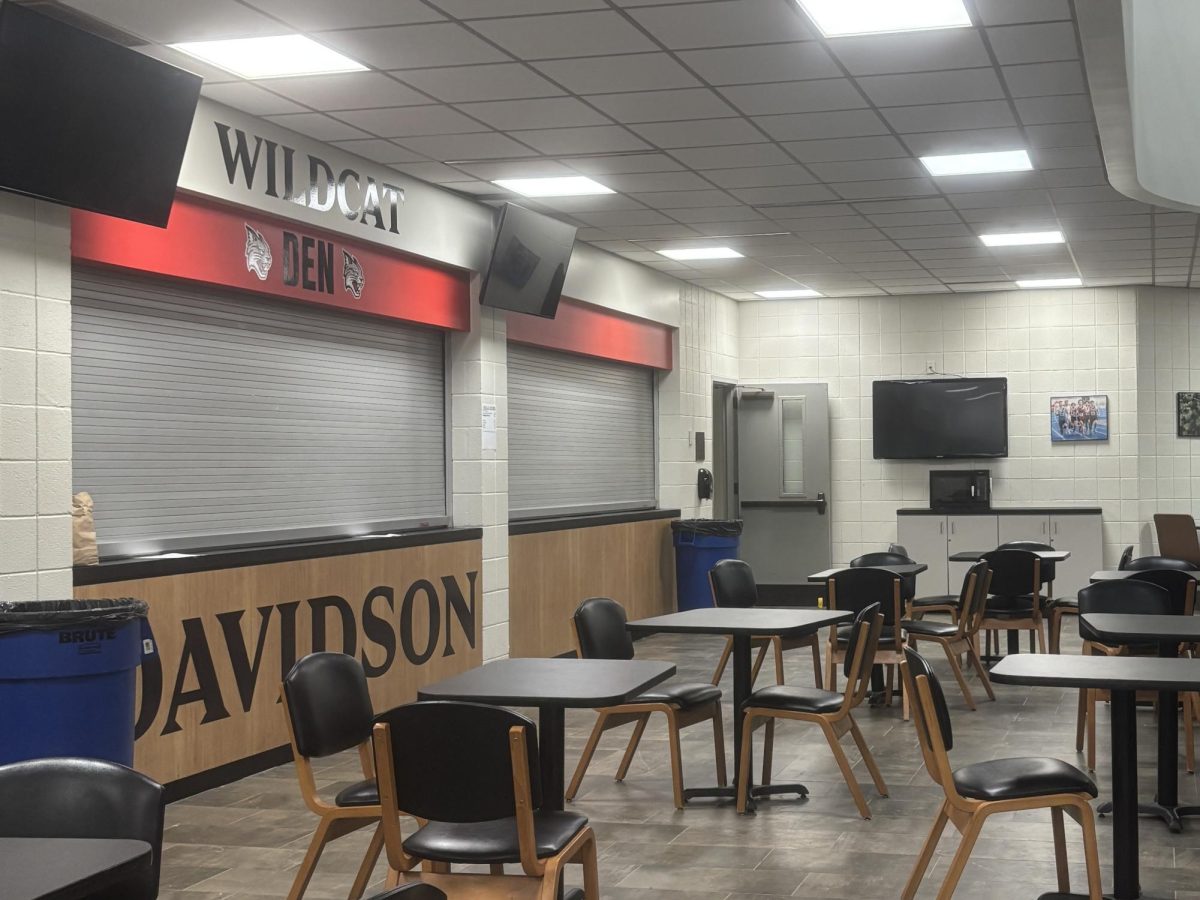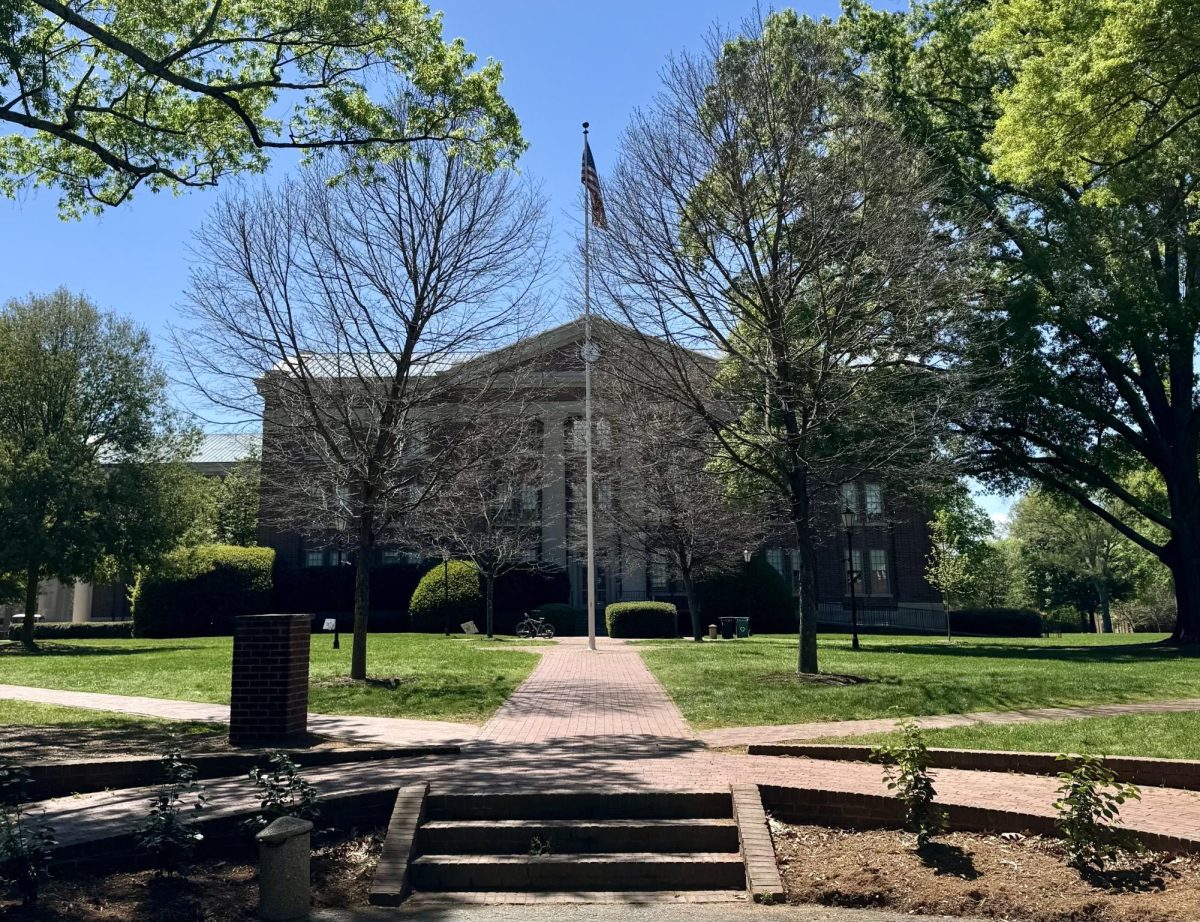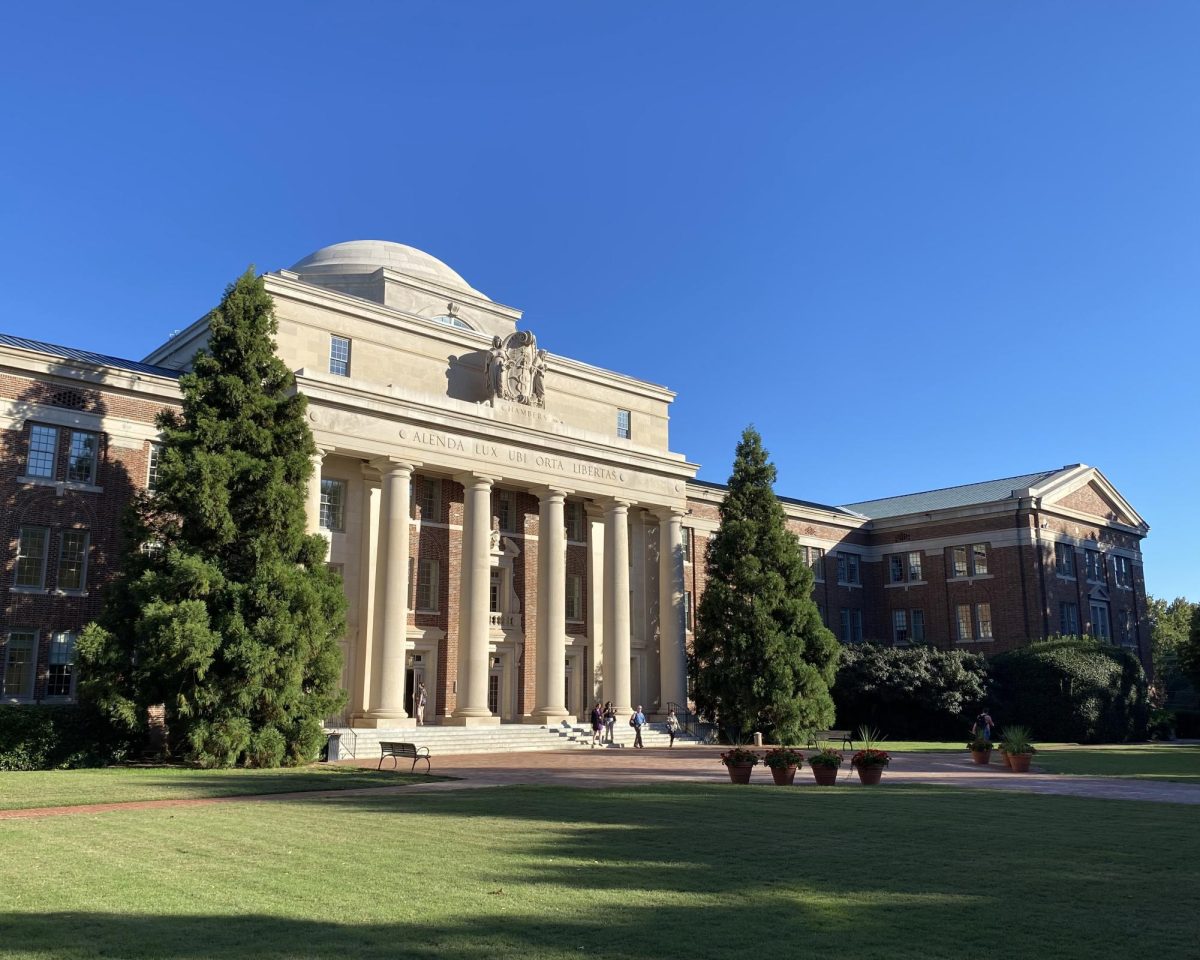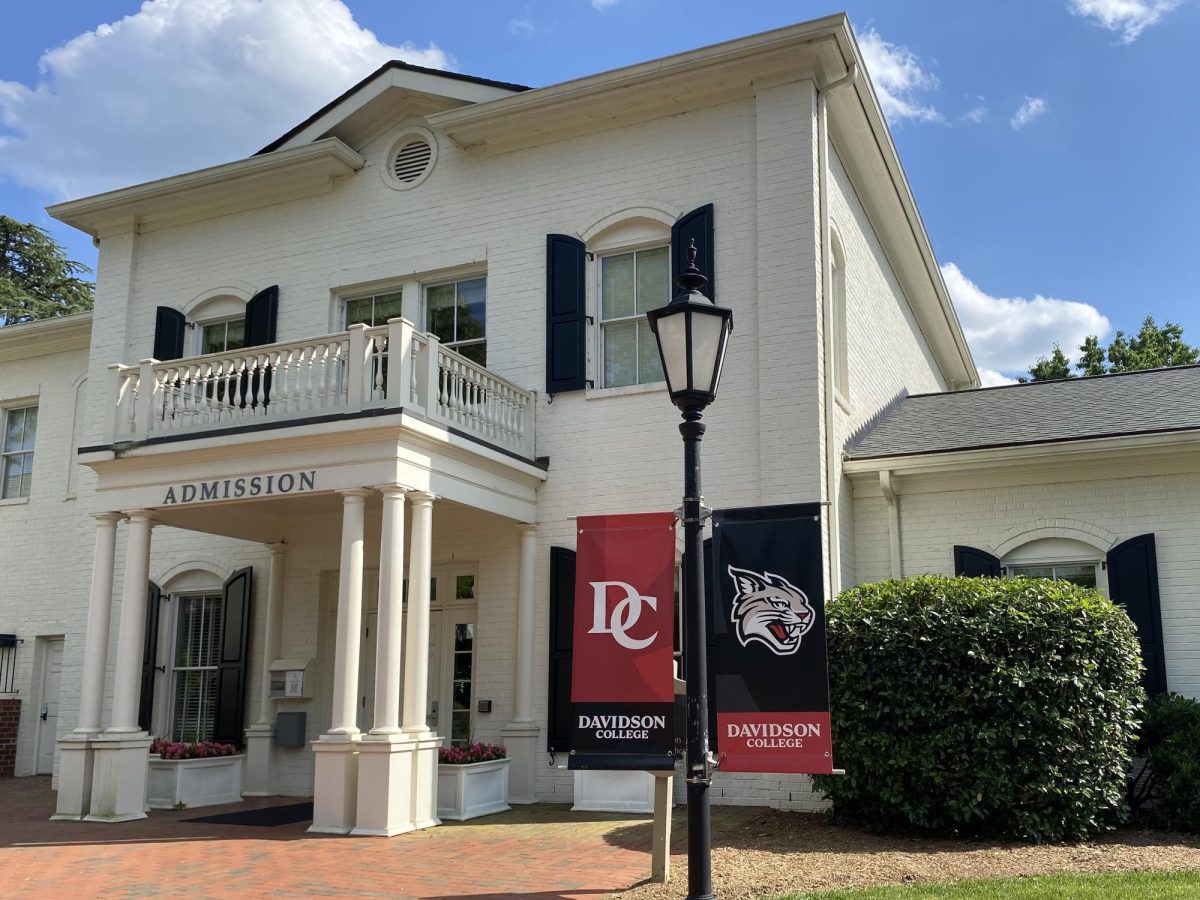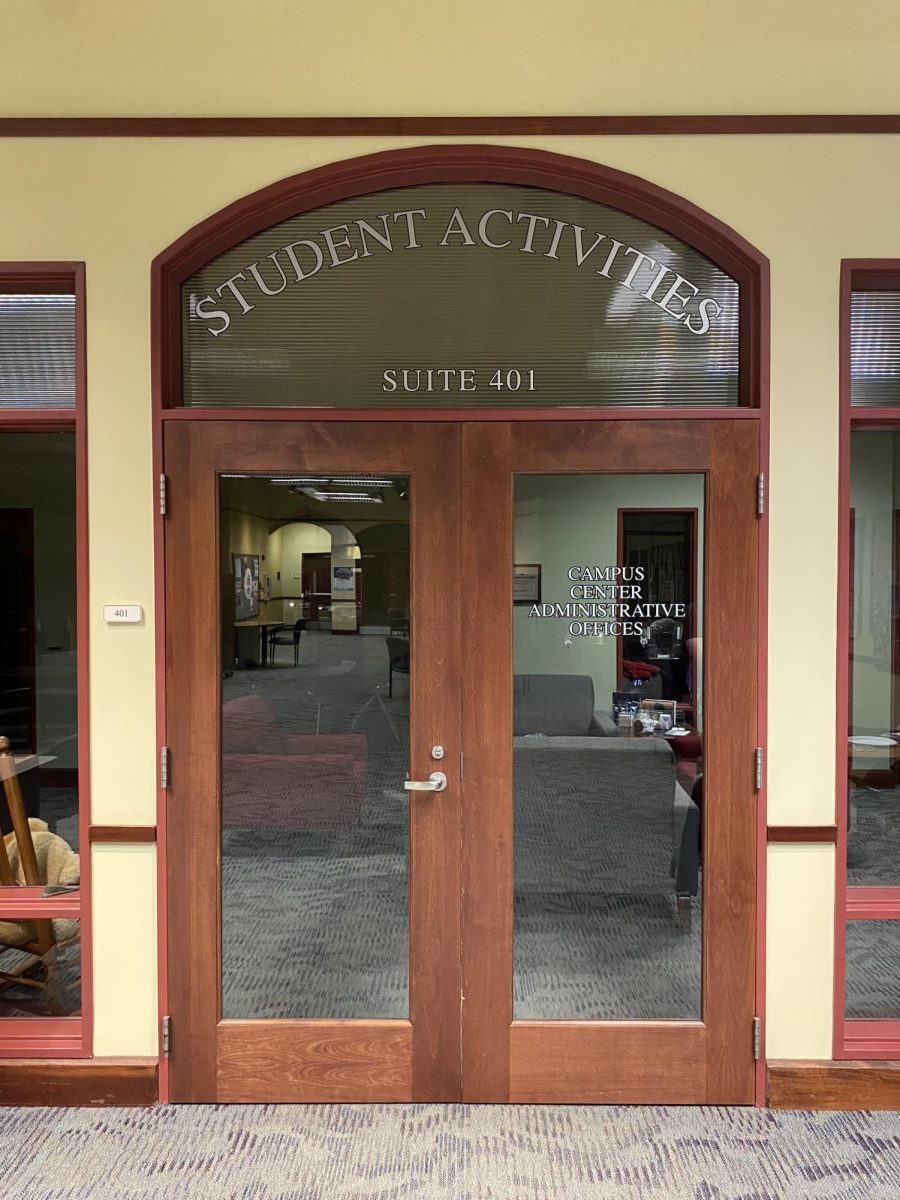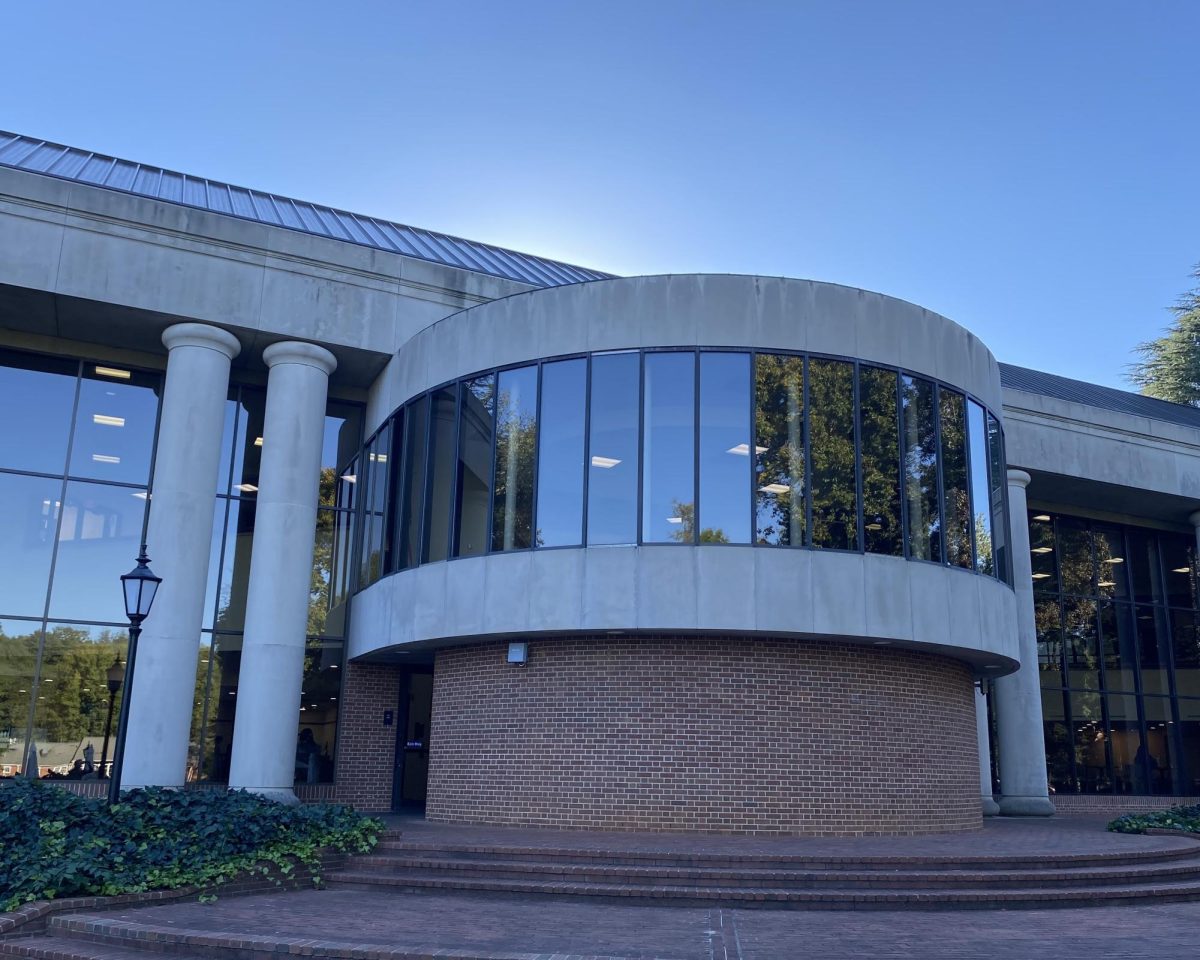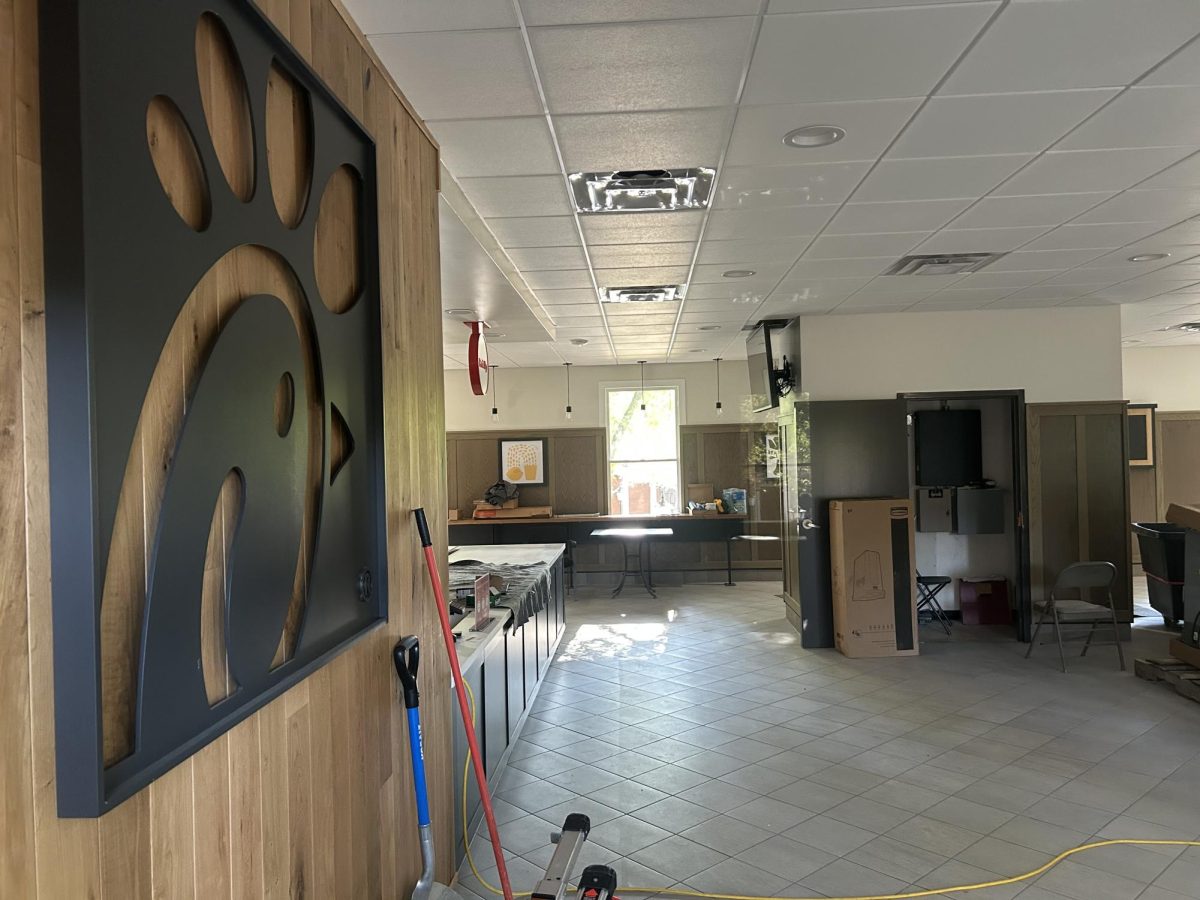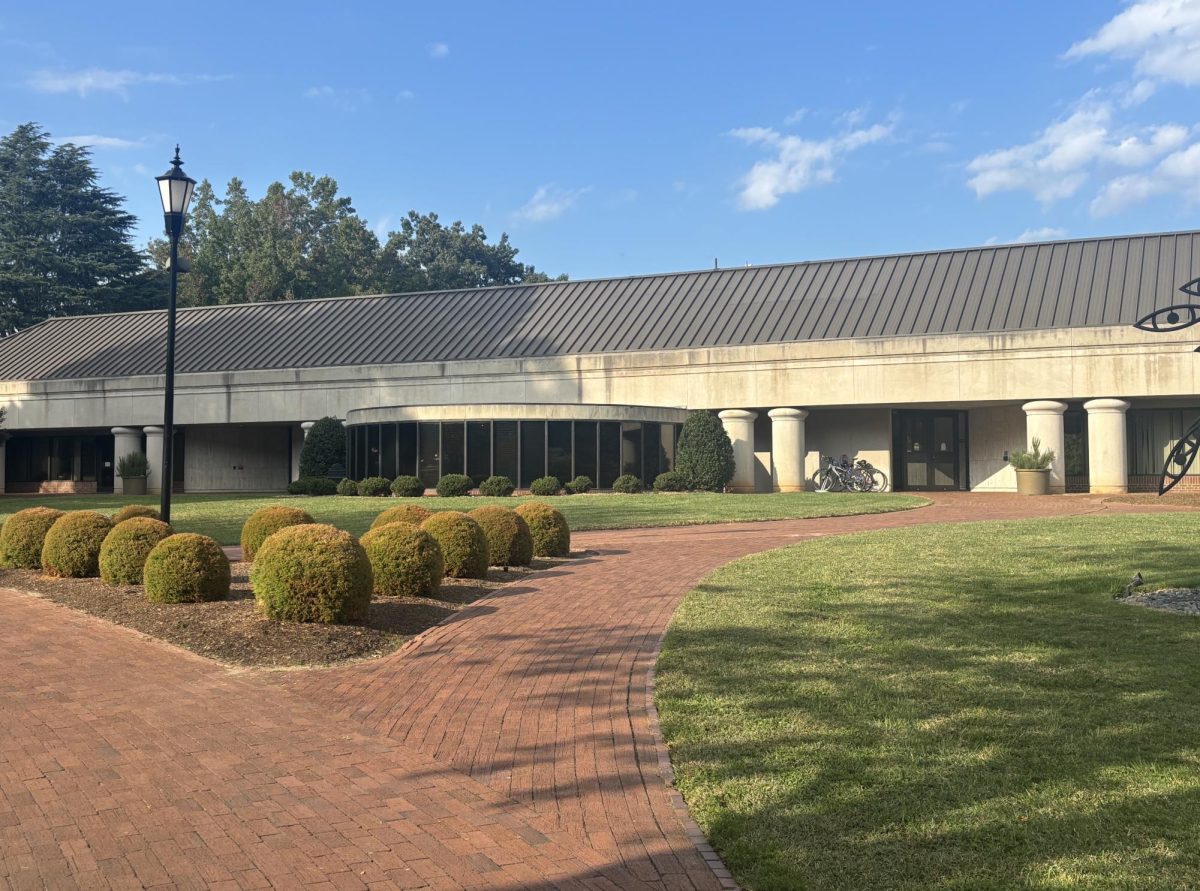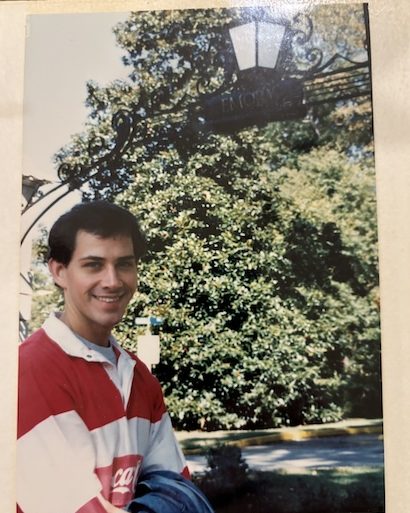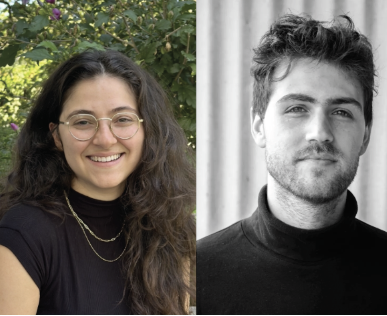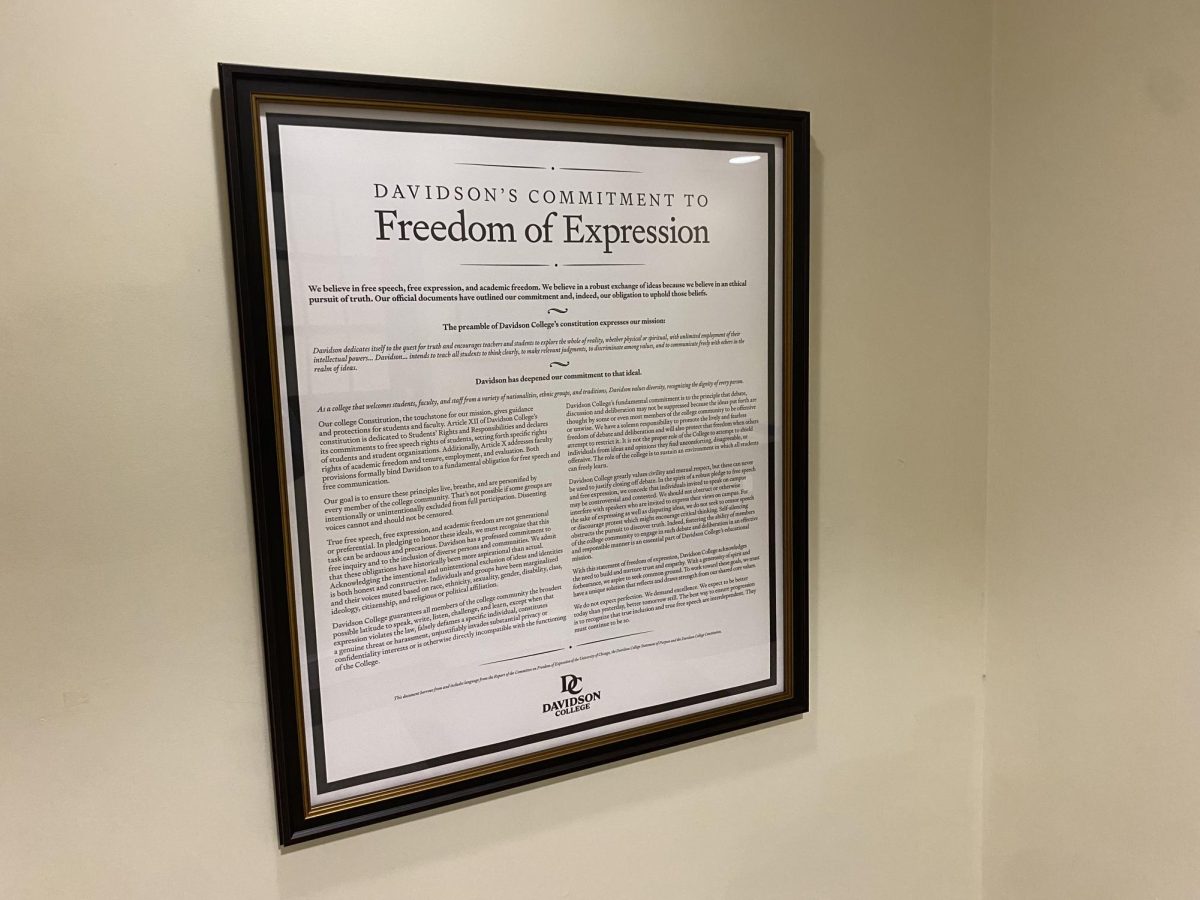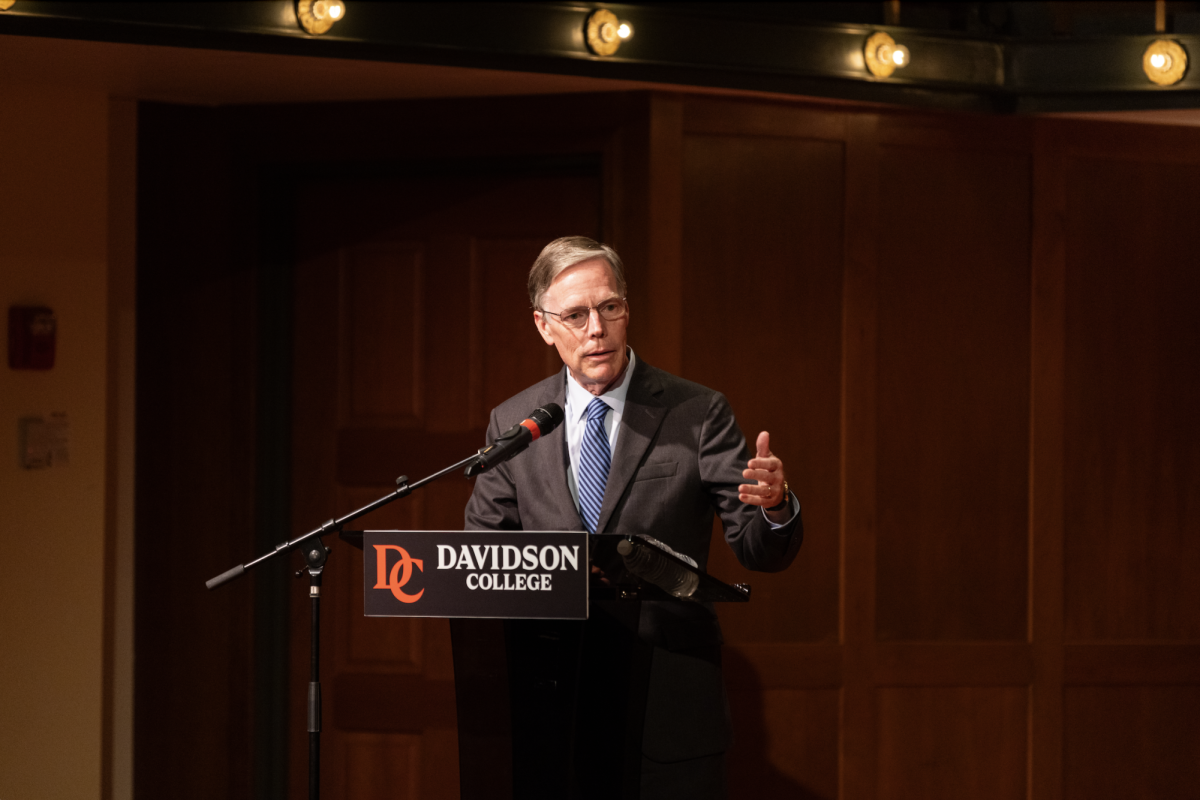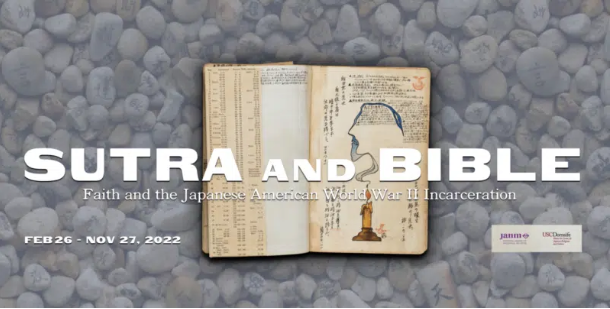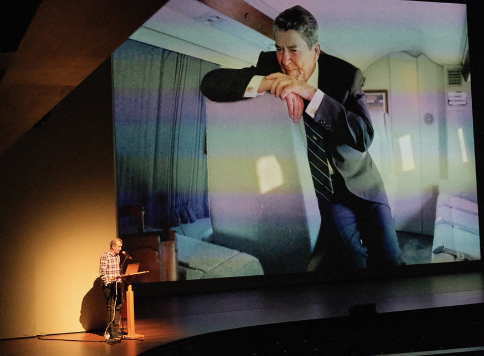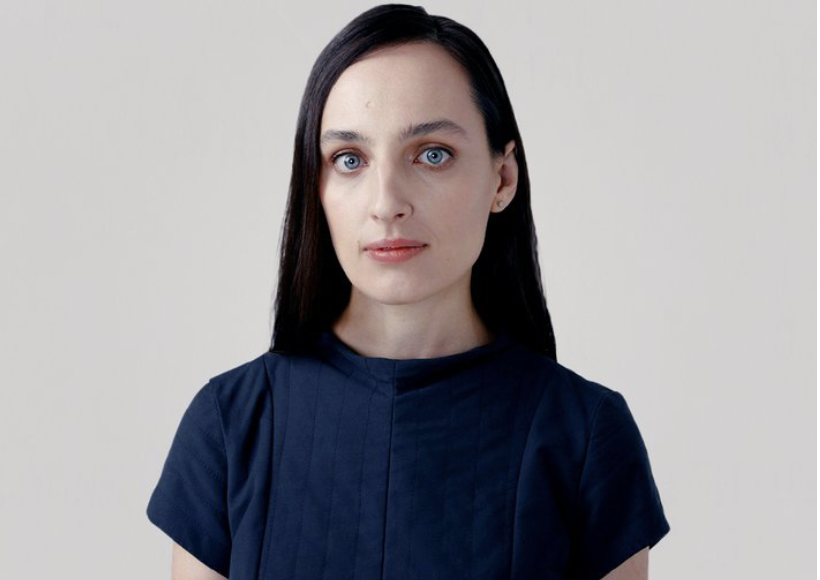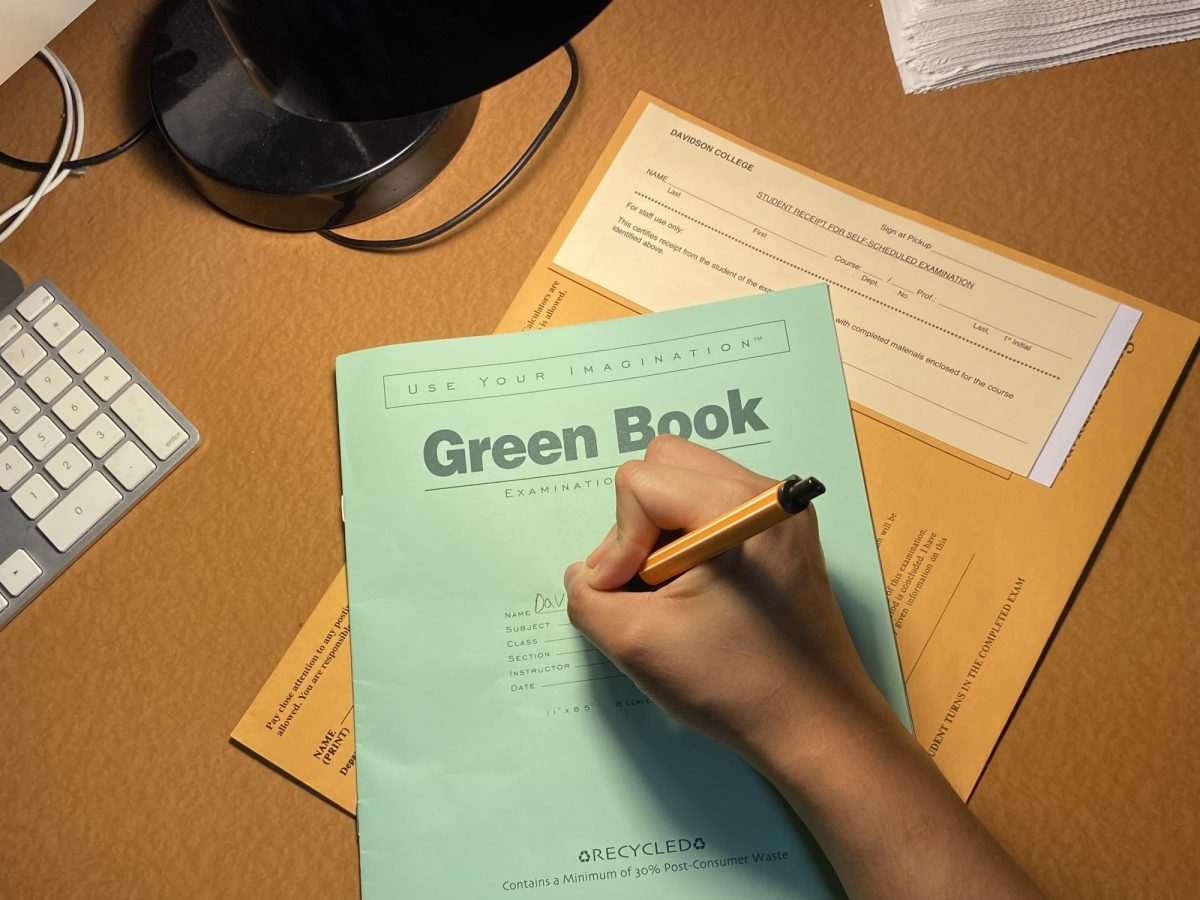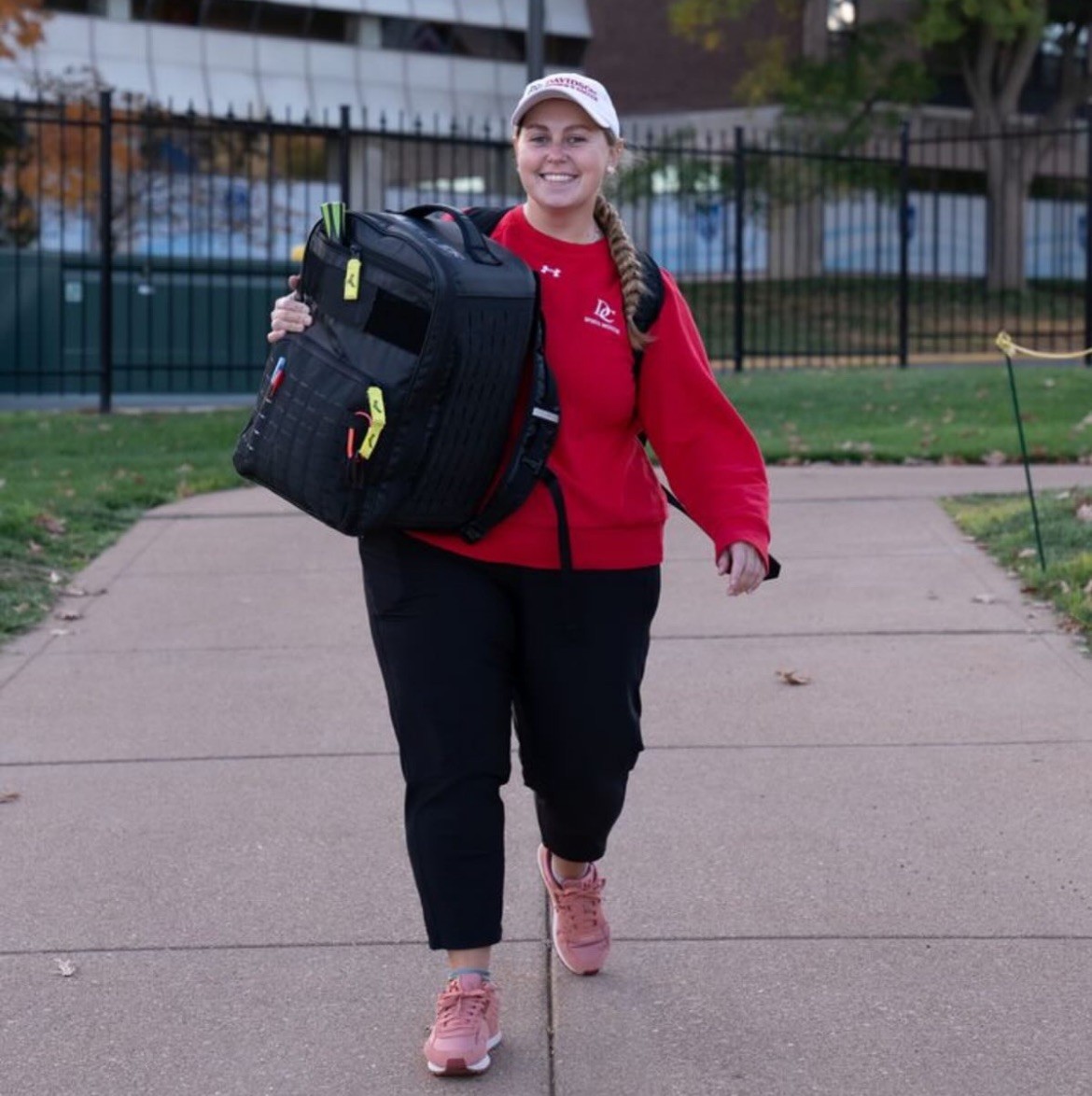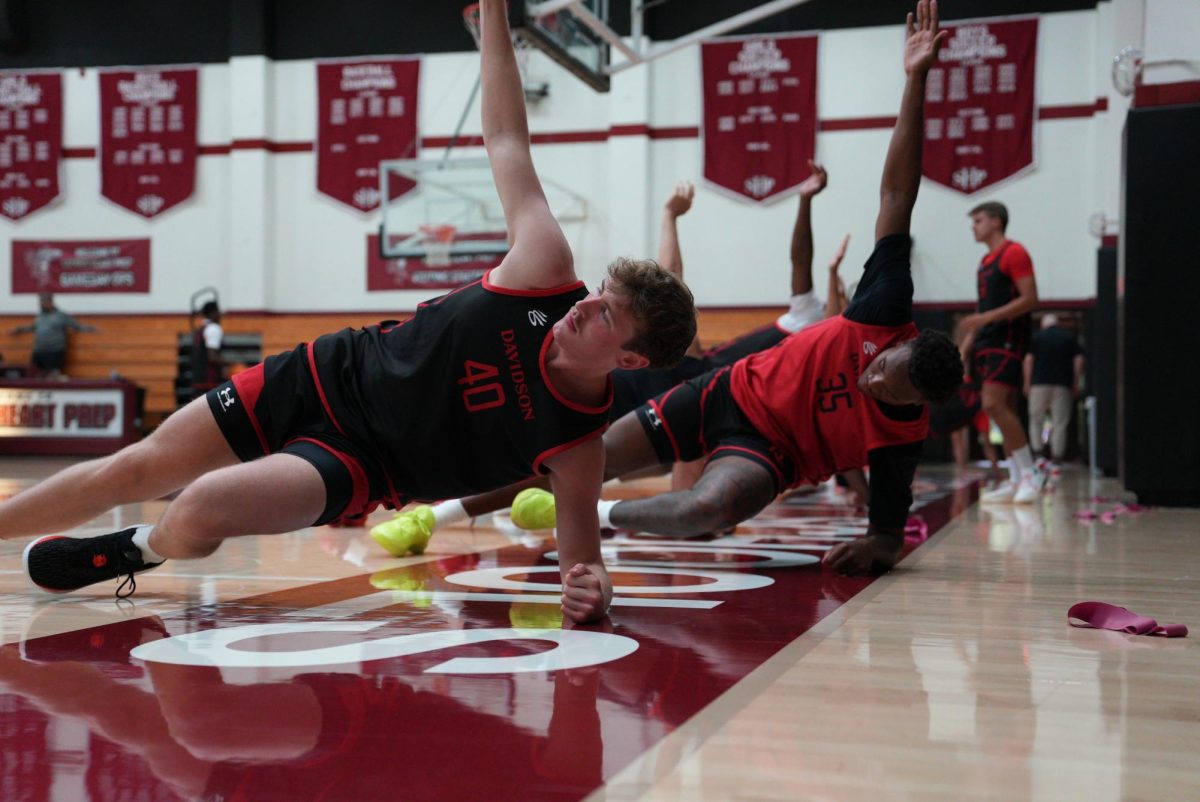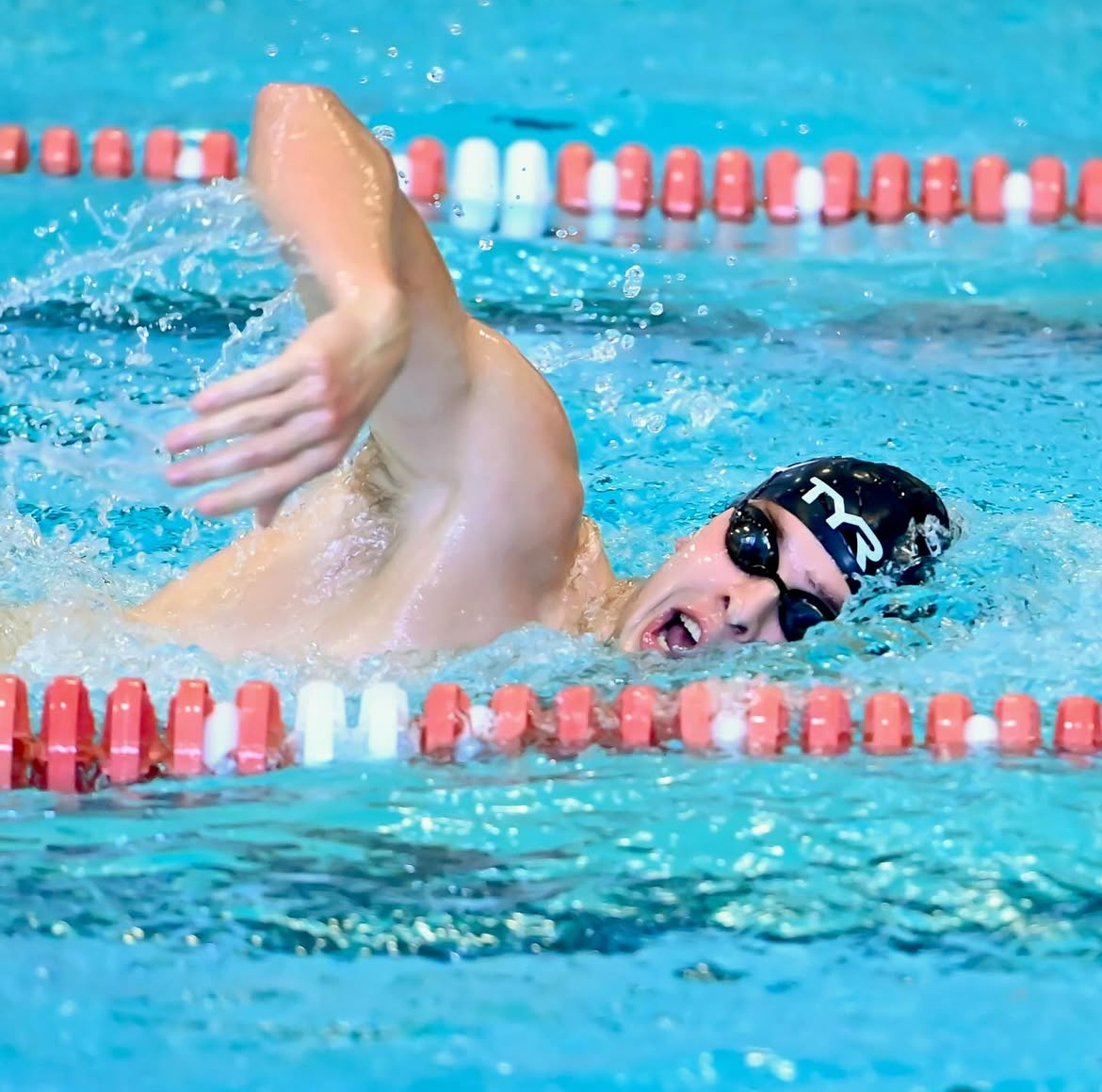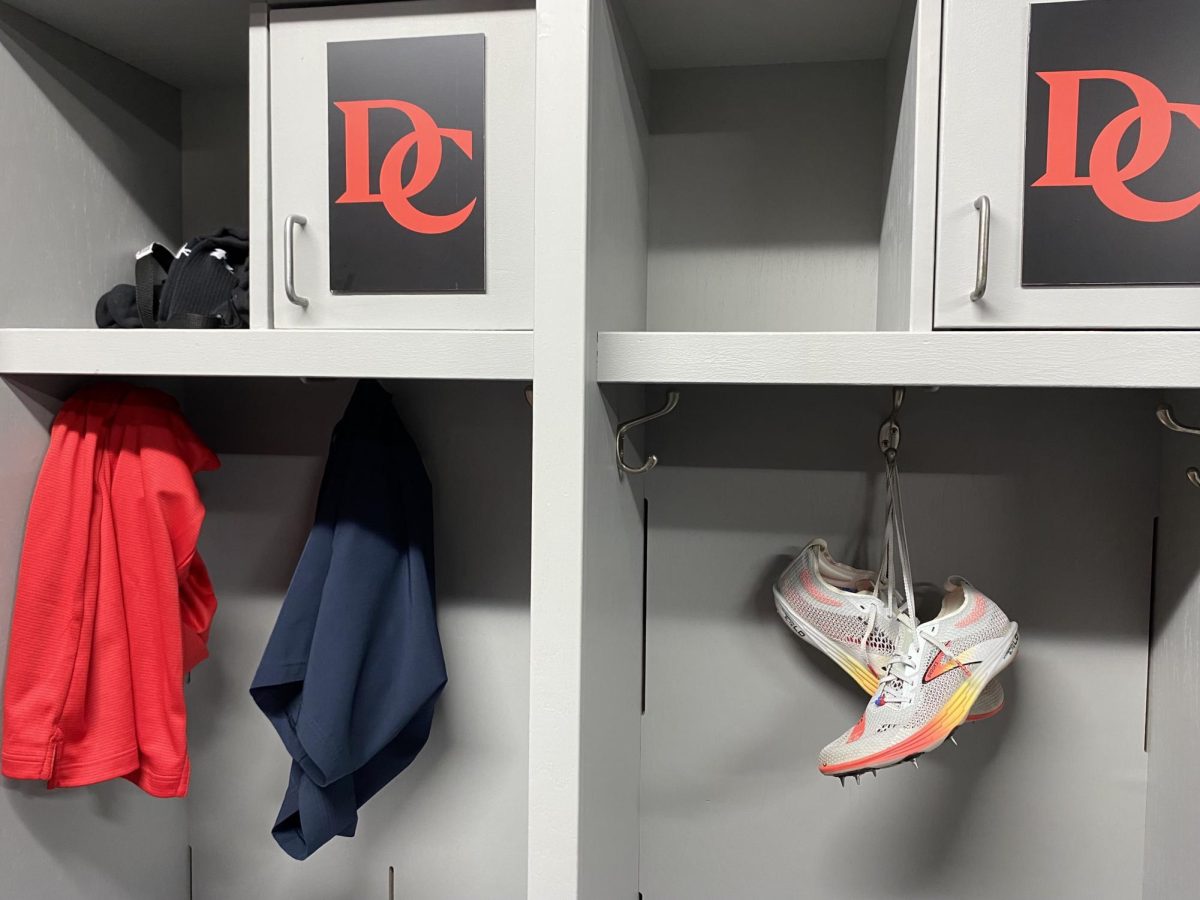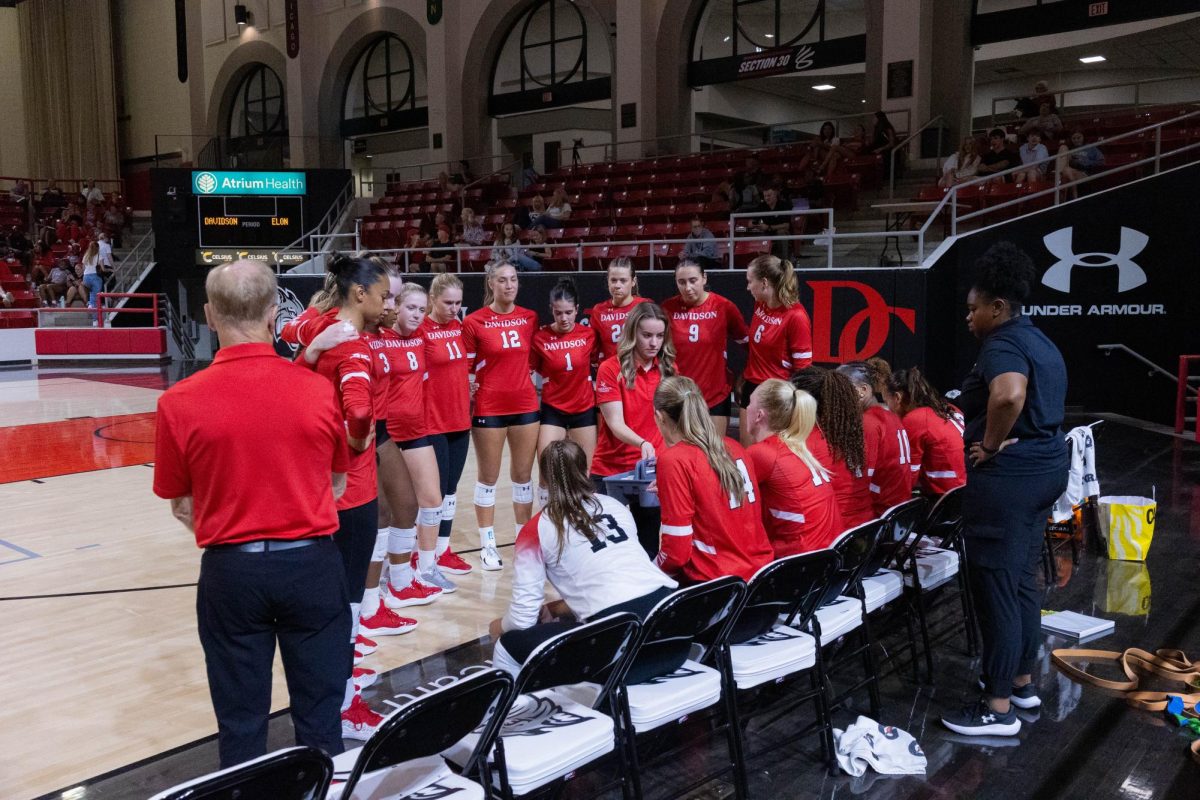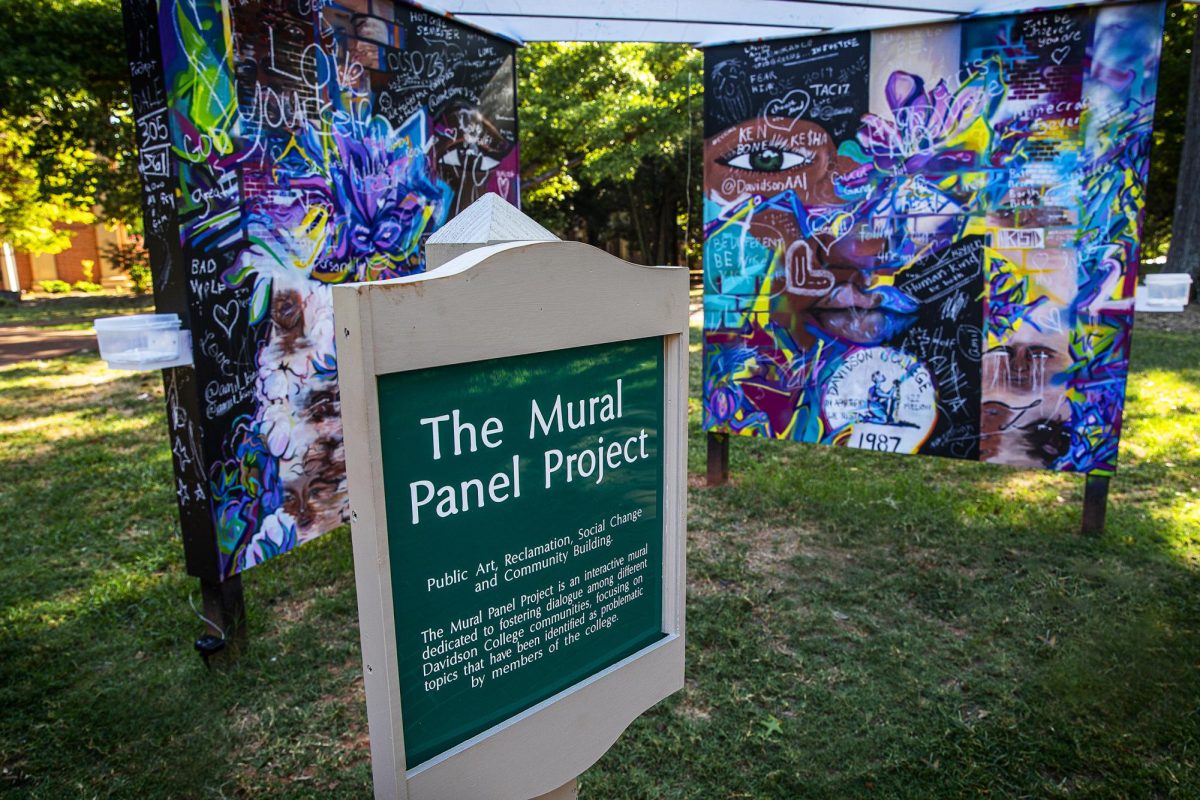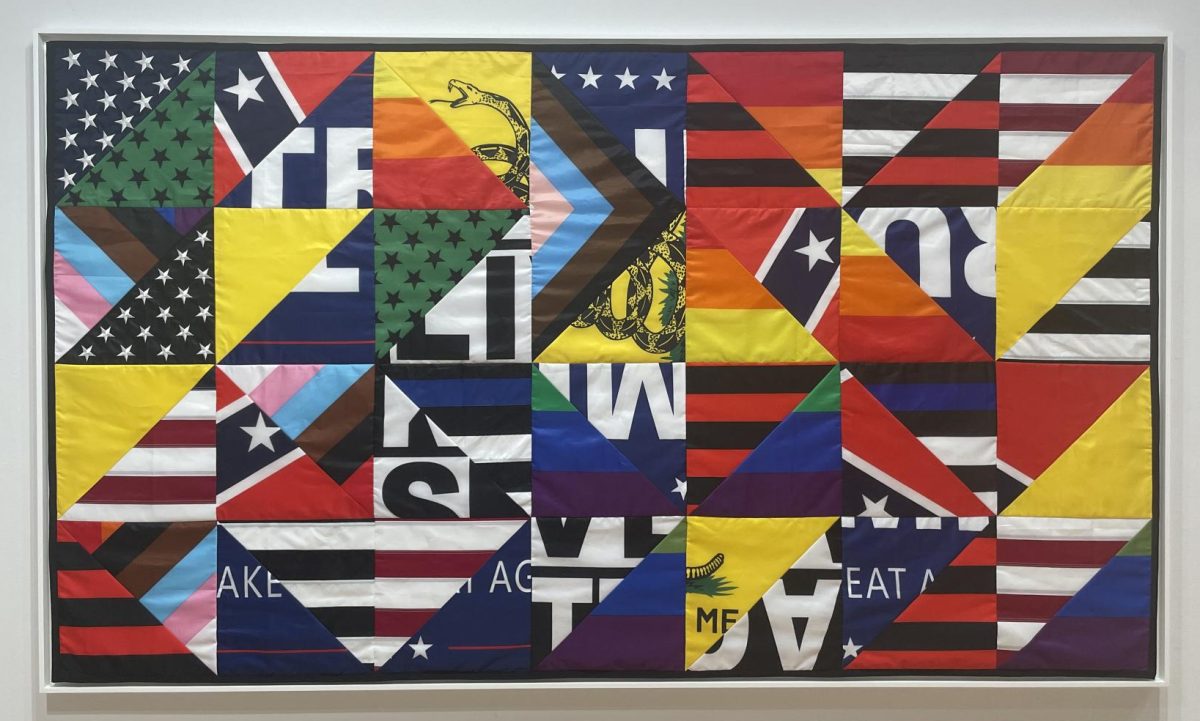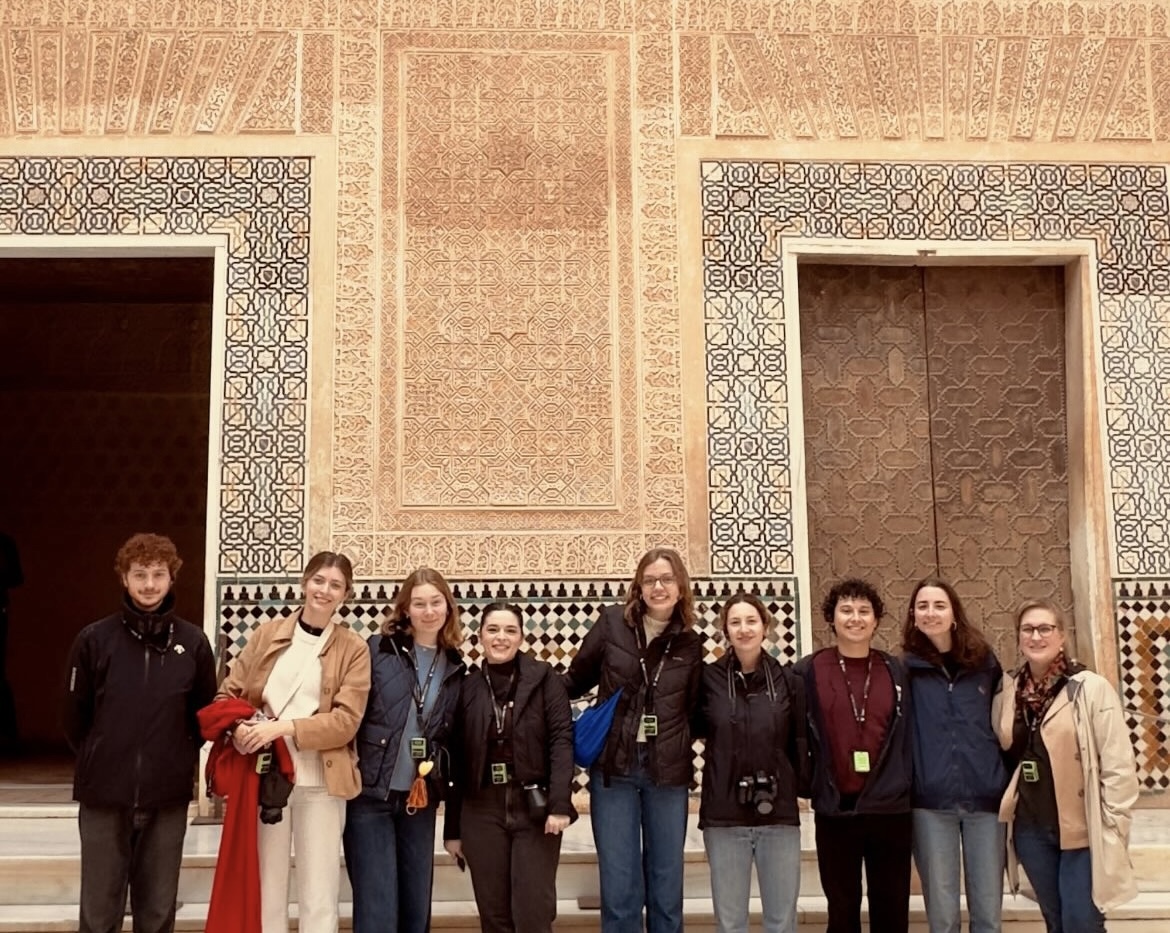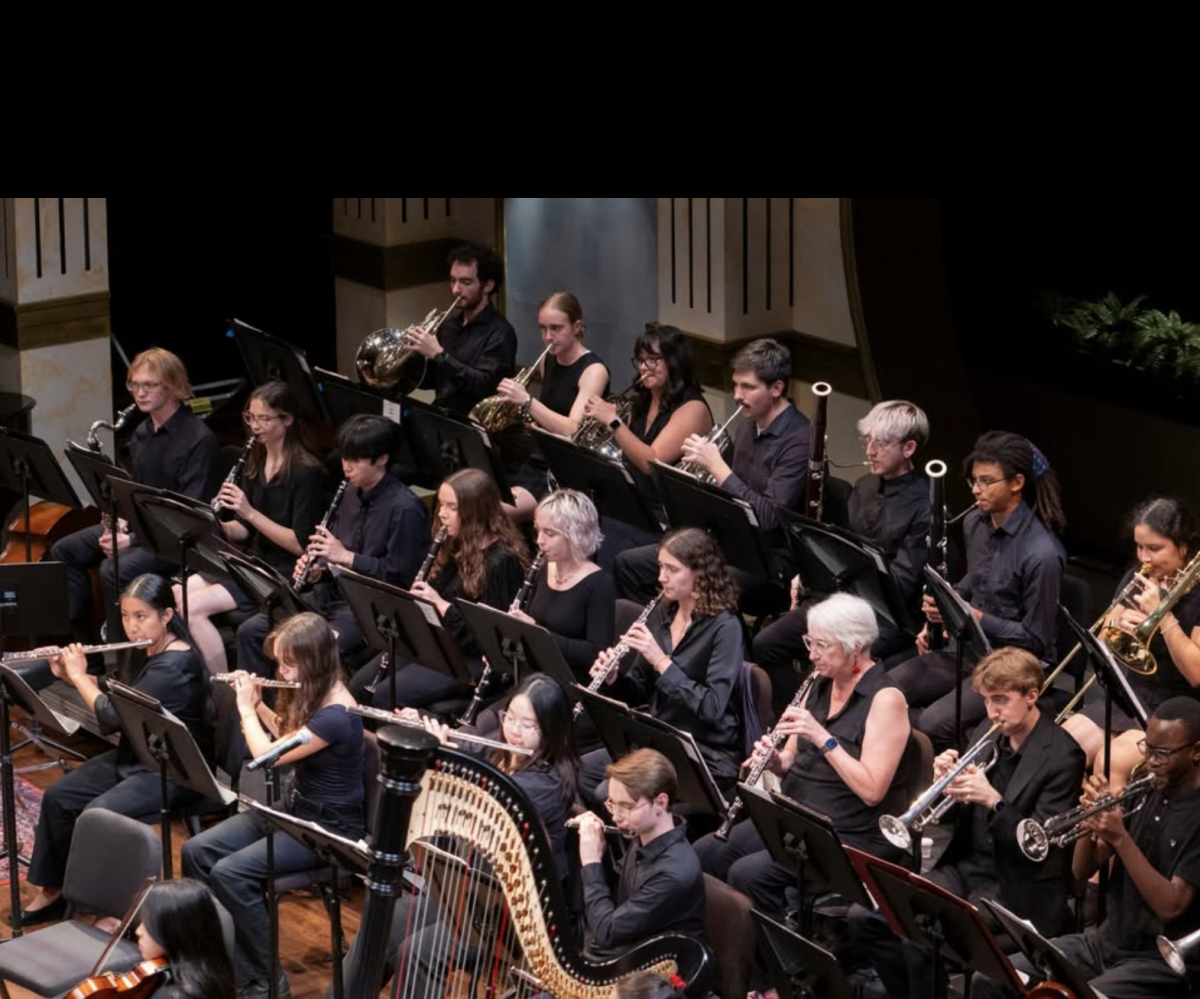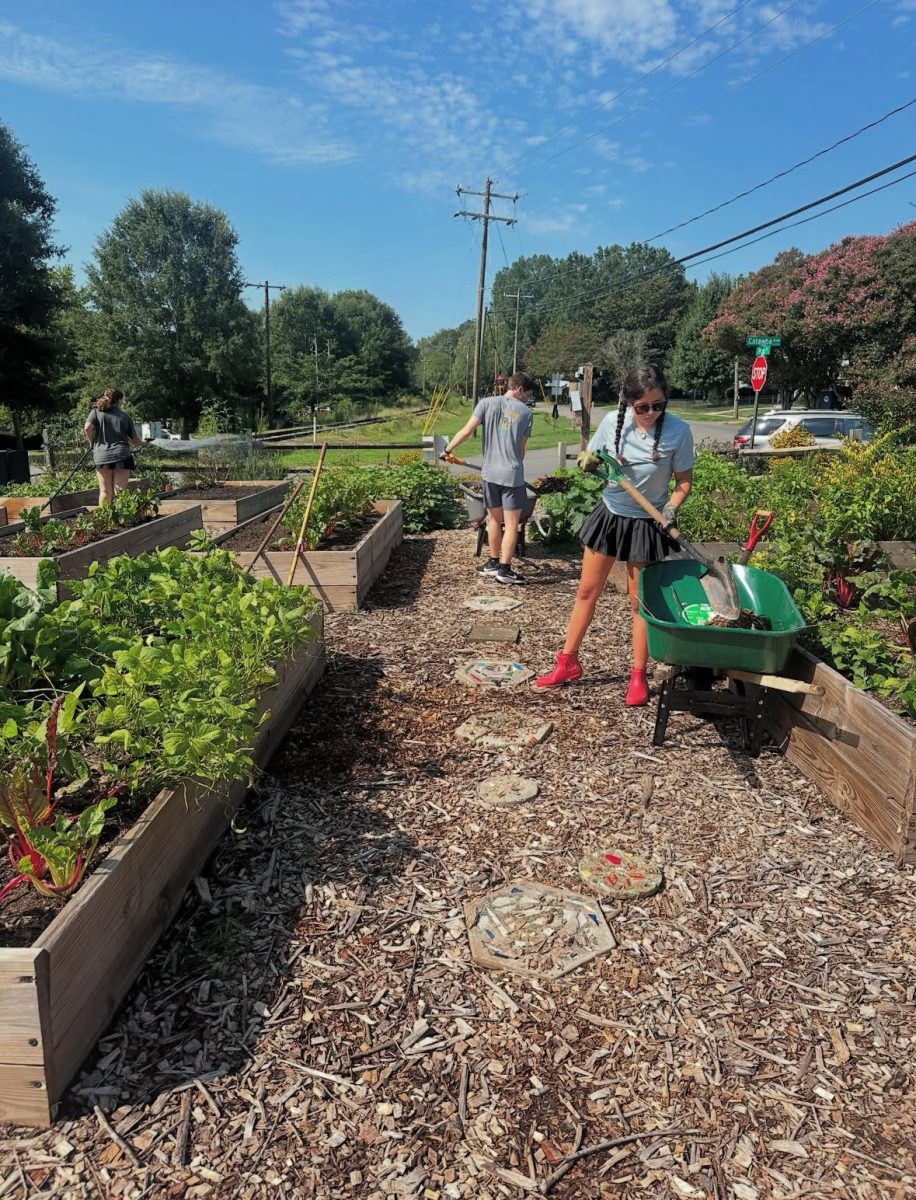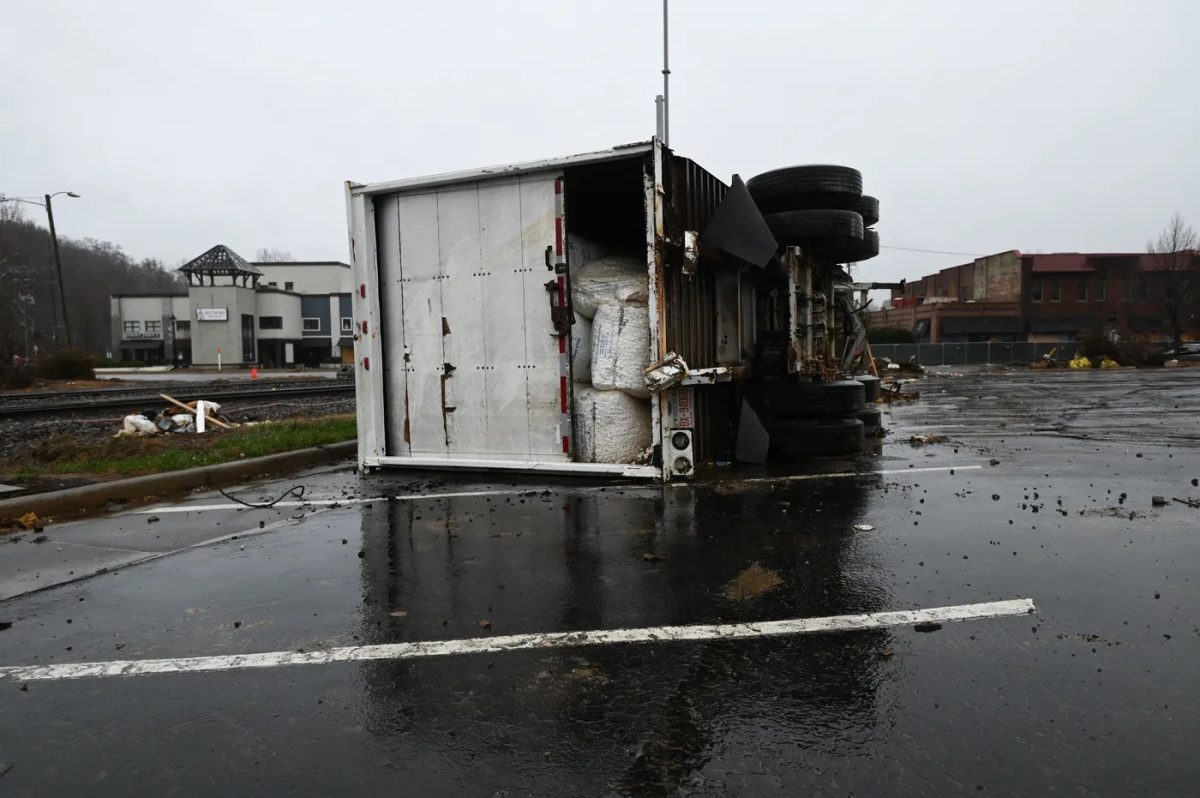With the establishment of the Institute for Public Good (IPG) earlier this semester comes new institutionalized support for the arts at Davidson. What exactly this will look like, though, is yet to be determined.
For Chris Marsicano ’10, the IPG’s director as well as chair and associate professor of educational studies, the arts are crucial to the IPG’s mission of supporting research and creative works for the public good. “Artists […] challenge us to be better than we are,” Marsicano said. “Art is a [public] good in the case of the IPG, where it forces our students to think critically about the world.”
Sherry Nelson, founding director of Davidson Arts & Creative Engagement (DACE), was a member of the IPG Design Group that identified Arts in Public Life as one of the Institute’s five key program areas. “There are things that [DACE has] done through the years to support the […] arts in public life. It’s exciting to think that we can establish this [program],” Nelson said.
According to Marsicano, DACE is set to play an important role in developing programming for Arts in Public Life. “The work that Sherry Nelson and the DACE team do is extraordinary, and the IPG is lucky to have such a robust, creative organization helping it navigate what it means to advance the public good through music, the visual arts, theatre, dance, and the humanities,” Marsicano wrote in an email to The Davidsonian.
Nelson envisions DACE as a collaborator and resource to support the IPG’s work, but emphasized that the office also serves the College in ways that do not entirely align with the IPG’s mission.
“We care about [arts in public life] greatly. And we want to be a part of that in some way. But that is not […] our single focus,” Nelson said.
The program is still in the planning stage. Unlike the Center for Civic Engagement (CCE), Deliberative & Free Expression and Public Policy & Research program areas, which support existing programs and anchor organizations, the Arts in Public Life program is entirely new.
“We know some of the great work that DACE is doing, but there’s more work that needs to be done beyond DACE,” Marsicano said. “We have a lot of ground to cover.”
That work is crucial to secure funding for the Institute as a whole—and the team is working under significant time constraints. “The way I’ve described it to external audiences is: we are building the plane while it is flying and trying to land on an aircraft carrier that we are also trying to build while it’s on the water,” Marsicano said.
Nelson highlighted campus initiatives already doing the work of art for the public good: Professor of Theatre Sharon Green’s course Community-Based Performance for Social Justice, the Van Every & Smith galleries’ role in the College’s collaborative project with the Catawba Nation, and DACE’s Spike! grant that funded Makayla Binter’s (’20) Mural Panel Project are just some.
As presently envisioned by Marsicano, supporting such public-facing artistic work entails more than simply providing additional funding. The Arts in Public Life program director—still to be decided—will not only coordinate projects within the arts, but also across the Institute’s other program areas. “[A key question will be] how can we put these things together in such a way that we create programming around it to help students engage with all of this information at a much greater level,” Marsicano said.
The IPG is concerned with art that is made for and accessible to the broader community beyond campus.
According to Marsicano, the art must also do specific work within the public realm. “We are going to be asking that question: is this artistic outlet […] defending free speech? Is it putting up a mirror to society? Is it challenging us to be better parts of ourselves, better people? Is it providing […] us with an understanding of history and culture and society in a way that we can then question and reflect to make a better society and a stronger culture?”
In a few weeks, an ‘idea group’ of 10-12 people, including faculty, staff, students and community members, will convene to design the program’s purpose. At the semester’s close, the committee will present their recommendations to Marsicano and the IPG team, who will then determine the path forward.
Nevertheless, Marsicano himself has a vision for what the Arts in Public Life program should look like.
“Who are we privileging? Where is the power? That’s the kind of conversation that we need to be talking about with Arts in Public Life. We need to be supporting artists who are saying, ‘this is a problem in society, and my artwork is going to show you how that is’,” Marsicano said.
“Whether that’s visual art, performance of any kind, music, dance, theater, [literature]—no matter what the artistic outlet is […] people who use their artistic talents to question the harm and the bad in society and provide solutions for the good in society—that’s where the Institute for Public Good should be.”

